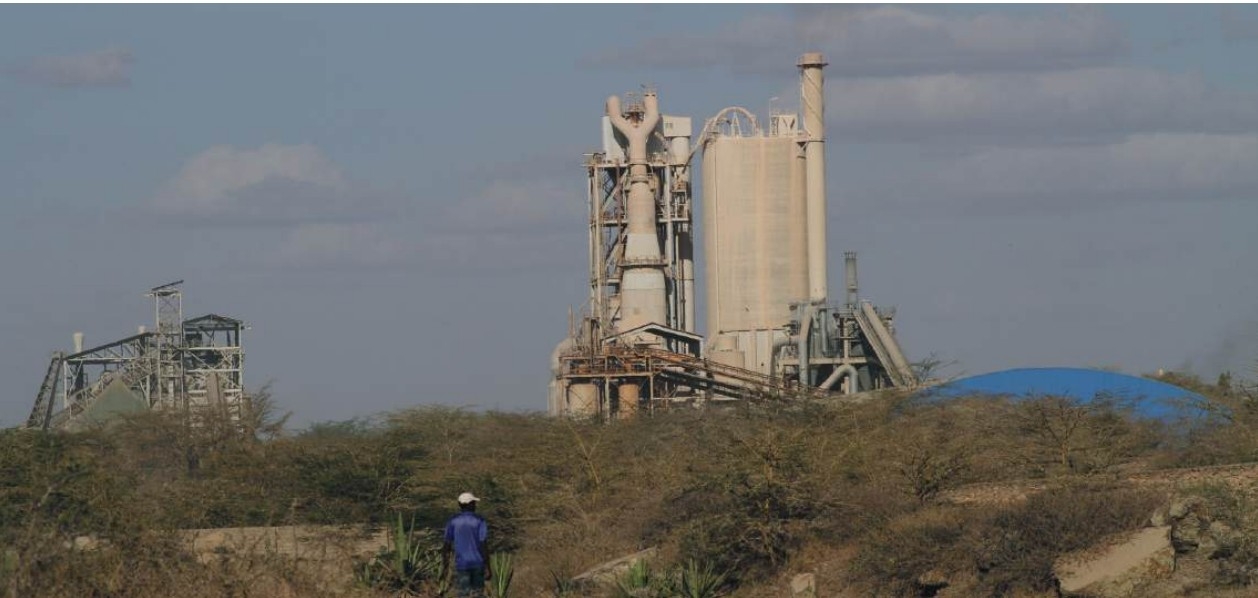The search for the missing aircraft carrying Malawi's Vice President Saulos Chilima and nine others has stirred haunting memories of the Malaysian Airlines flight MH370 that vanished a decade ago.
The Malaysian plane, a Boeing 777-200, was on an overnight flight from Kuala Lumpur to Beijing with 239 passengers and crew when it disappeared off the radar on March 8, 2014.
Its last known communication was from the captain, who bid farewell to Malaysian air traffic control as the plane entered Vietnamese airspace, about 40 kilometres after departing from Kuala Lumpur.
"Good night Malaysian three seven zero," the captain reportedly said, before the plane vanished from radar screens.
The incident has now brought to focus this common term "off the radar" used by air traffic controllers.
So, what does it mean when a plane goes "Off the Radar"?
When an aircraft "goes off the radar," it typically means that the aircraft's transponder, which sends location and other data to air traffic control, has either been turned off or has malfunctioned.
It also means that the air traffic controllers have lost the ability to track it using radar systems.
This can occur due to various reasons including technical issues or deliberate action where the transponder can be turned off or tampered with.
Others are geographical factors such that in remote areas or over oceans, radar coverage is limited or nonexistent and severe weather conditions disrupt radar signals.
When this occurs, authorities launch coordinated efforts to reestablish contact and ensure the safety of the aircraft.
How Radar works in aviation
Radar systems are designed to track flights at cruising altitude.
They do not monitor the skies below safe cruising altitude because terrain and buildings start to get in the way of the radar signal.
This is therefore to say that, if the plane drops below the minimum altitude, it is no longer high enough for radar to see it.
Flights over land are said to be easier to track than those over water because air traffic controllers can use ground-based radio signals to communicate with planes overhead.
Types of Radar
Airports use two types of radar: primary and secondary.
Primary radar
It detects aircraft by bouncing radio signals off them and determining their location based on the returned signals.
This method does not require any response from the aircraft, so it can detect planes even if they are not communicating with ground control.
However, primary radar does not provide flight information from the aircraft.
Secondary surveillance radar
It is more advanced and has a longer range, allowing it to extend coverage over the ocean.
It operates through periodic "handshakes," where it sends query signals to the aircraft and receives responses that verify the plane's location, identity, and altitude.
The aircraft automatically responds to queries, providing detailed information about its flight.
Secondary radar can be turned off or disabled by a loss of power and is encrypted to prevent falsification.
During the September 11, terrorist attacks in the US, hijackers are said to have turned off the secondary surveillance radar on their flights.
In the case of the Malaysia Airlines flight, ground controllers were using secondary radar to track the plane when it disappeared from their monitors.
What happens after a plane goes off the radar?
Immediate actions to reestablish the contact are launched where the air traffic controllers will try to reach the pilot via radio or other planes in the vicinity are asked to relay messages.
If necessary, military radar and other air traffic control centres are notified to also assist in tracking the plane.
Other tracking systems including the Automatic Dependent Surveillance-Broadcast (ADS-B) are also used in this process while in areas without radar coverage, satellites can help track the aircraft.
ADS-B is an advanced surveillance technology that combines an aircraft's positioning source, aircraft avionics, and ground infrastructure to create an accurate surveillance interface between aircraft and ATC.
















